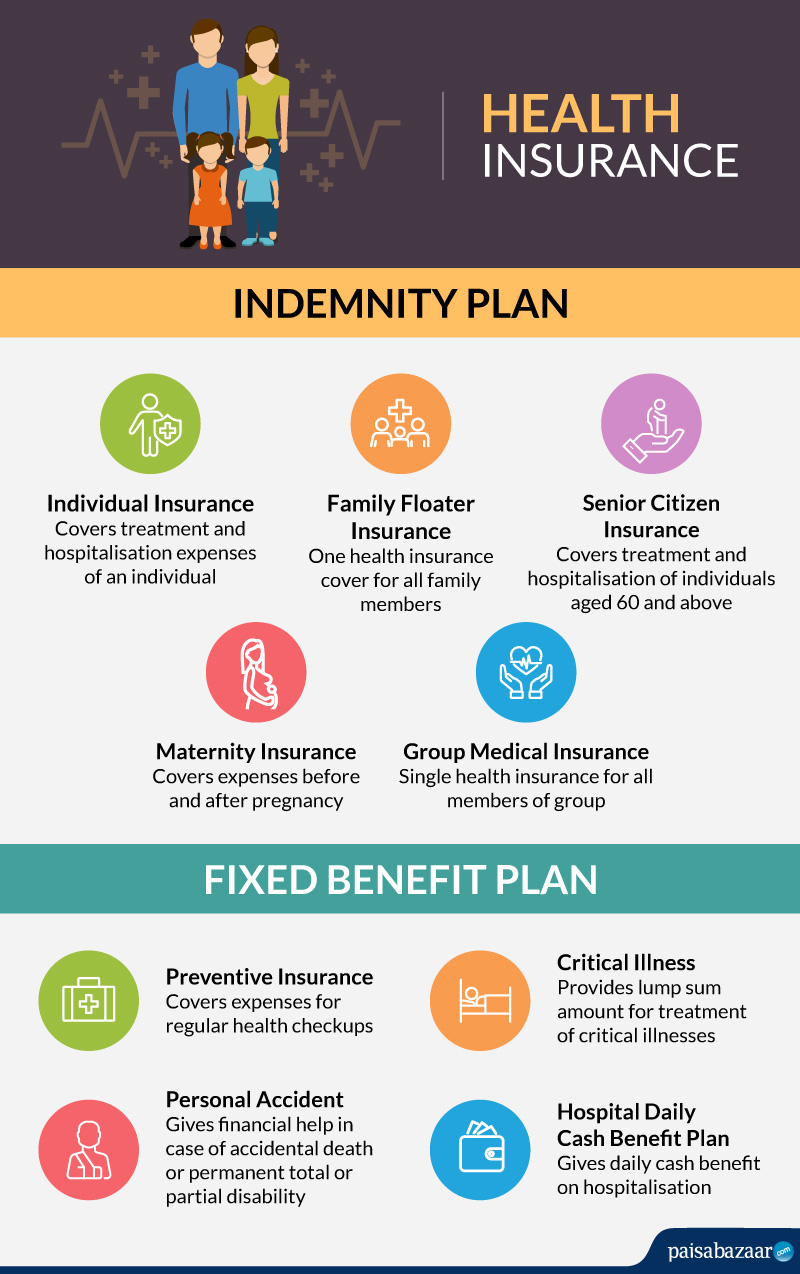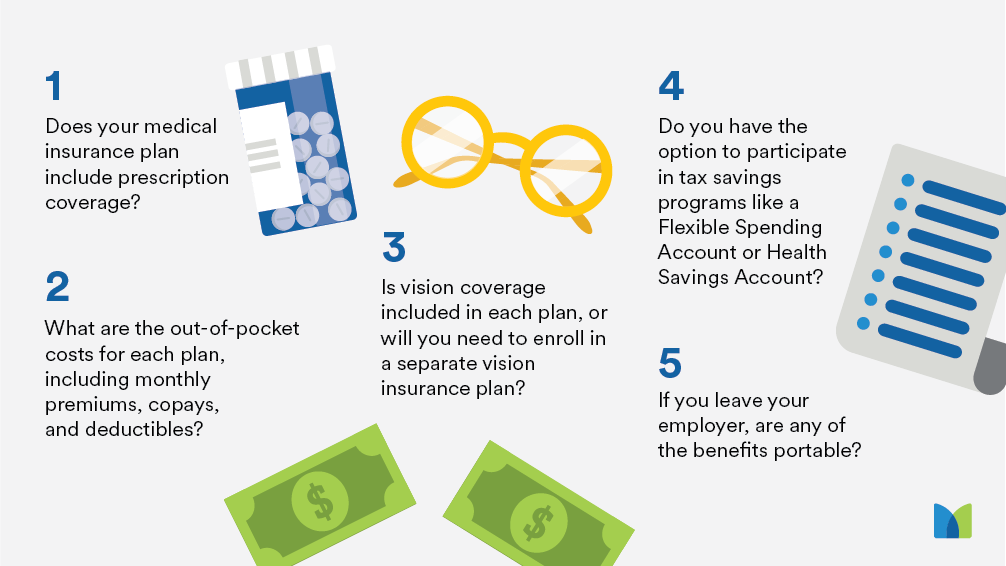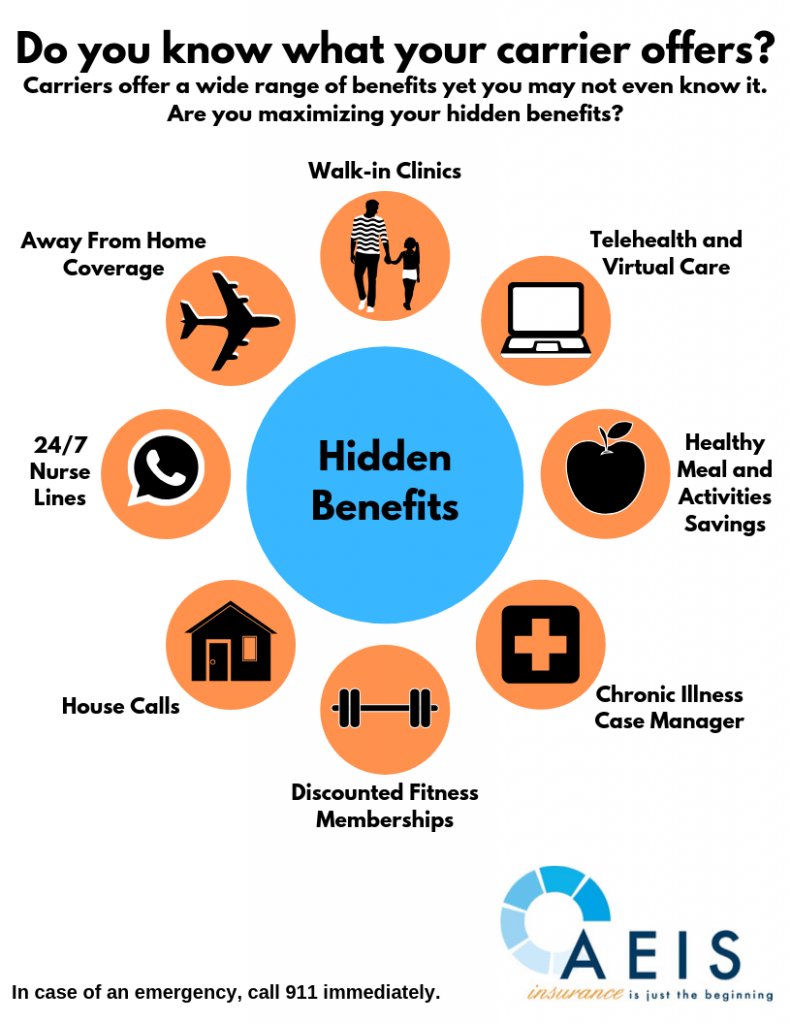Our Medicare Advantage Agent Statements
Our Medicare Advantage Agent Statements
Blog Article
Medicare Advantage Agent Fundamentals Explained
Table of ContentsThe smart Trick of Medicare Advantage Agent That Nobody is DiscussingSome Known Factual Statements About Medicare Advantage Agent Getting The Medicare Advantage Agent To Work


follows from adheres to the perplexing young fairly profile of account uninsured with the better health, health and wellness average, standard younger personsMore youthful For those without access to work environment wellness insurance coverage, inadequate wellness is a potential obstacle to acquiring nongroup insurance coverage since such coverage may be highly valued, exclude preexisting problems, or be simply not available. Unless otherwise noted, nationwide price quotes of individuals without health insurance policy and proportions of the populace with various kinds of protection are based on the CPS, the most commonly used resource of estimates of insurance policy protection and uninsurance rates.

The Definitive Guide for Medicare Advantage Agent
The partnership in between health insurance policy and accessibility to care is well developed, as recorded later on in this chapter. The partnership between wellness insurance coverage and wellness results is neither straight nor easy, an extensive scientific and health and wellness services research literature web links wellness insurance policy protection
to improved access to care, better far betterHigh quality and improved boosted and population health statusCondition The second record, on individual health outcomes for uninsured grownups, is stood for by the innermost circle of the number, while the third report, on family wellness, incorporates the topics of the 2nd report but stresses a various unit of evaluation, namely, the family.
It concentrates particularly on those without any type of health and wellness insurance for any type of size of time. The issues dealt with by the underinsured remain in some areas similar to those encountered by the uninsured, although they are generally much less extreme. Uninsurance and underinsurance, nevertheless, include distinctly various policy problems, and the approaches for addressing them may differ. Throughout this study and the five records to follow, the primary focus gets on individuals with no medical insurance and thus no support in paying for health and wellness treatment beyond what is offered via charity and security web organizations. Medical insurance is an effective variable influencing receipt of treatment due to the fact that both people and medical professionals react to the out-of-pocket price of solutions. Medical insurance, however, is neither required nor sufficient to get access to medical solutions. Nonetheless, the independent and straight effect of health and wellness
insurance coverage on access to health and wellness solutions is well developed. Others will obtain the health care they require even without medical insurance, by paying for it out of pocket or seeking it from providers that provide care cost-free or at very subsidized rates. For still others, health insurance alone does not guarantee receipt of care due to various other nonfinancial obstacles, such as an absence of healthcare providers in their area, limited accessibility to transportation, illiteracy, or etymological and cultural distinctions. Formal research concerning uninsured populaces in the USA dates to the late 1920s and early the original source 1930s when the Board on the Cost of Medical Treatment created a series of reports regarding funding physician workplace sees and hospital stays. This concern became salient as the varieties of clinically indigent climbed up during the Great Anxiety. Empirical research studies continually support the link between accessibility to care and boosted wellness results(Bindman et al., 1995; Starfield, 1995 ). Having a routine source of treatment can be considered a forecaster of gain access to, as opposed to a straight action of it, when health and wellness end results are themselves used as access indicators. This expansion of the notion of access dimension was made by the IOM Board on Monitoring Accessibility to Personal Health Treatment Provider(Millman, 1993, p. Whether moms and dads are insured appears to affect whether their kids obtain care as well as how much Check This Out careeven if the children themselves have coverage(Hanson, 1998). The health and wellness of moms and dads can impact their ability to care for their youngsters and the degree of family tension. Fretting see this about their youngsters's access to care is itself a resource of stress and anxiety for moms and dads. 3 chapters follow in this record. Phase 2 supplies an introduction of exactly how employment-based medical insurance, public programs and private insurance policies operate and connect to provide comprehensive yet incomplete insurance coverage of the U.S. populace. This consists of a testimonial of historical patterns and public plans impacting both public and private insurance coverage, a conversation of the interactions among the different kinds of insurance policy, and an assessment of why people relocate from one program to one more or wind up

Report this page